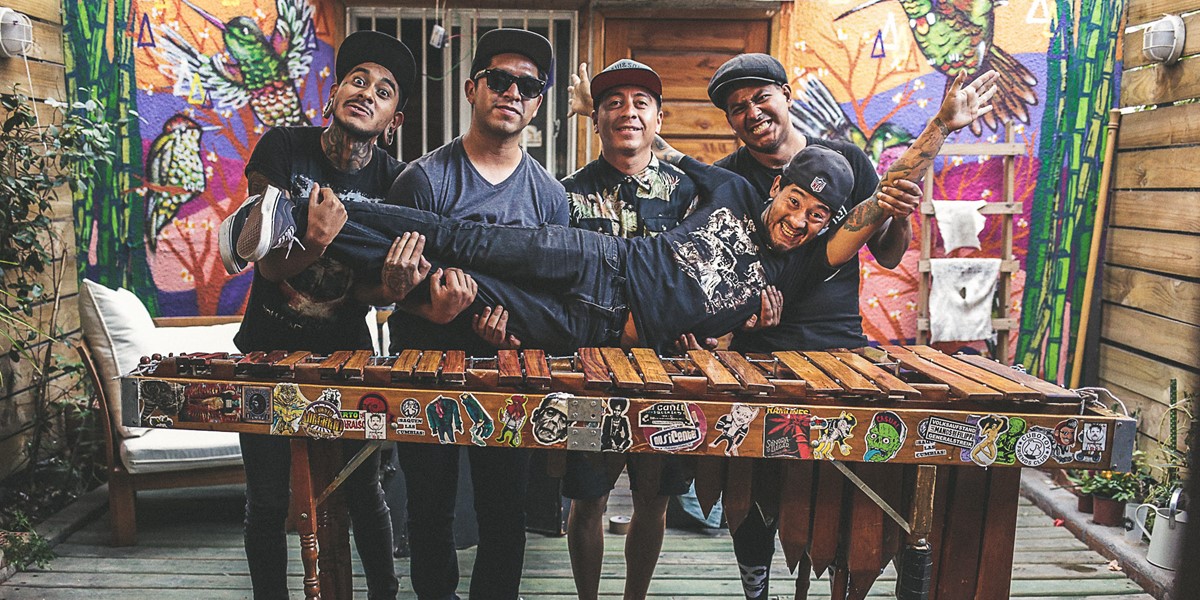Sunday, December 11, 2022
Son Rompe Pera: “It is a huge wooden monster!”
Punk-rock brothers Mongo and Kacho Gama explain how they became the unlikely ambassadors of Mexico’s marimba scene

Son Rompe Pera, featuring the Gama brothers ©Ana Fuentes

Register now to continue reading

Thanks for visiting the Songlines website, your guide to an extraordinary world of music and culture. Sign up for a free account now to enjoy:
- Free access to 2 subscriber-only articles and album reviews every month
- Unlimited access to our news and awards pages
- Our regular email newsletters

